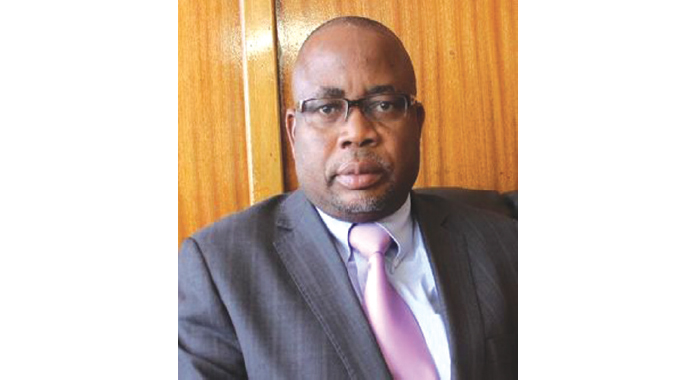Late detection of breast cancer leads to poor outcomes

I hope I find you well and in good health. In the last article we looked at how the “pink” awareness month was bringing awareness to breast cancer and also the importance of monthly breast self-examination.
Late detection of breast cancer has led to poor outcomes in most cases, which is why it is paramount for all people, including men, to regularly check for any unusual lump, pain, or skin changes on their breasts.
The breast is a structure on the anterior chest made up of 15 to 20 sections, or lobes that surround the nipple in a radial manner, like the spokes on the wheel. In the lobes are smaller sections called lobules which have tiny bulbs that produce milk. These structures are linked by tubes called ducts that carry milk to the nipple. Fats fills the spaces between the lobes and ducts.
The nipple is in the centre of a dark area called the areola, this contains small glands that lubricate the nipple during breastfeeding. There is no muscle in the breast but one that lies under each breast to cover the ribs. Each breast contains blood vessels and vessels that’s transport lymph (a fluid that fights helps fight body infection). The lymph drains to a lymph node (bean-shaped structure-mbilabi) that is part of the infection fighting system. Lymph nodes are found in the armpits, above the collarbone, and in the chest. It is via this system that the cancer can spread to other parts of the body.
Breast development and function depends on hormones produced by the ovaries namely estrogen and progesterone. Estrogen elongates the ducts and causes them to create side branches. Progesterone increases the number and size of the lobules in order to prepare the breast for nourishing a baby.
Breast cancer is a hormone-dependent disease. Women without functioning ovaries who never receive oestrogen-replacement therapy do not develop breast cancer.
There are risk factors for breast cancer that may make one more susceptible, the most significant is being a woman. Women make up 99 percent of the cases developing cancer compared to men who make up 1 percent of cases.
The three dates in a woman’s life that have a major impact on breast cancer incidence are age at first period (menarche), the age at first full-term pregnancy, and age at menopause. Women who experience menarche at age 16 have only 50 to 60 percent of the breast cancer risk than a woman having menarche at age 12; the lower risk persists throughout life.
Similarly, menopause occurring 10 years before the median age of menopause (52 years), whether natural or surgically induced, reduces lifetime breast cancer risk by about 35 percent. (kasper, 2005)
Women who have a first full-term pregnancy by age 18 have a 30 to 40 percent lower risk of breast cancer compared with women who won’t have delivered children.
The condition is more common after the age 40 years, more-so, amongst first degree relatives. There has been seen to be a strong genetic link. The risk is increased further if relative was premenopausal (still menstruating) when they developed breast cancer. Prior history of breast cancer also predisposes a woman even after having been cured the first time.
Having had a mass in the breast that was removed does pose a risk to developing breast cancer.
The role of diet in breast cancer aetiology is controversial. While there are associative links between total caloric and fat intake and breast cancer risk, the exact role of fat in the diet is unproven. Increased caloric intake contributes to breast cancer risk in multiple ways: earlier menarche, later age at menopause, and increased postmenopausal oestrogen. In the same vein obesity has been seen to predispose one, so does moderate alcohol intake also increase the risk by an unknown mechanism.
Oral contraceptive use causes little if any increased risk of breast cancer. However, hormone replacement therapy for more than five years does have an increased risk of breast cancer.
Common symptoms include a mass when and how first noticed, may be tender, change in size over time and with one’s periods. A nipple discharge that could be bloody, watery, at times foul smelling that could be of varying colour could be a warning symptom.
The nipple can also become crusty with ulceration and may become inverted.
Skin changes on the breast such as swelling (oedema), dimpling, retraction, redness, ulceration (wound). Prominent veins can develop, with enlarged lymph nodes that one can actually touch and feel. The arm can swell from the lymph build up.
History of exposure to irradiation has been seen to increase the chance of developing breast cancer. However, the dose used in mammography (screening method) do not increase the risk of developing breast cancer.
Non-specific symptoms include anorexia, weight loss, respiratory symptoms, chest pain and bone pain. Next week we shall look what action to take when one suspects a mass in their breast. Till next week stay safe.
Dr Tatenda Simango can be contacted on [email protected] or make a booking on www.9thavenuesurgery.co.zw.











Comments